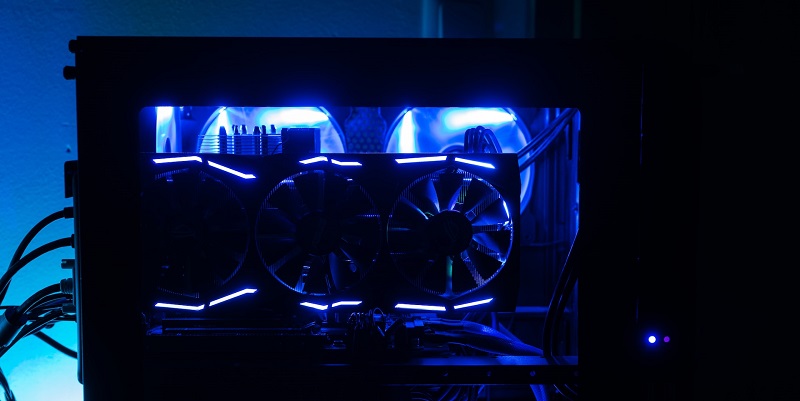In the rapidly evolving world of AI-based startups, a new metric has emerged to gauge success: the number of Nvidia H100 GPUs one can acquire. These powerful accelerators have become the holy grail for companies looking to usher in the next generation of AI technologies. However, the intense competition to secure these GPUs has turned into a cutthroat battle, reminiscent of the power struggles depicted in Game of Thrones.
Intense competition for GPUs
The scarcity of GPUs has unleashed a wave of fierce competition among companies vying to equip their AI systems with NVIDIA’s H100 Hopper GPUs. Investors and industry insiders alike have likened the clash to the famous TV series, exemplifying the high stakes involved. The demand for these GPUs has skyrocketed to unprecedented levels, exacerbating the infighting among startups and leaving them scrambling for resources.
Significance of Nvidia’s H100 Hopper GPUs
At the epicenter of this GPU arms race are Nvidia’s H100 Hopper GPUs – the most coveted accelerators on the market. These GPUs possess unparalleled computing power and acceleration capabilities. With AI workloads becoming increasingly complex, these GPUs are essential for companies striving to achieve breakthroughs in their AI models and algorithms.
Scalping of GPUs
The desperation caused by the scarcity of Nvidia H100 GPUs has led to extreme measures, with individuals attempting to scalp these in-demand products on platforms like eBay. Shockingly, the inflated prices for these GPUs have reached staggering heights, with some listings reaching over $40,000 each. This scalping phenomenon underscores the severity of the shortage crisis and the lengths people are willing to go to acquire these vital GPUs.
Challenges faced by AI companies in acquiring GPUs
Elon Musk, a prominent figure in the AI industry, has famously compared the struggle to procure GPUs for AI training to buying drugs – highlighting the immense difficulty faced by companies. The demand for Nvidia H100 accelerators is projected to grow exponentially, with companies like OpenAI estimating a requirement of up to 50,000 GPUs to train their upcoming GPT-5 system. Meta, another frontrunner in the AI space, may also need anywhere from 25,000 to over 100,000 GPUs. Such high demands further exacerbate the ongoing scarcity issue.
GPU requirements for cloud providers
Large-scale cloud providers such as Amazon, Oracle, and Microsoft are not exempt from the GPU frenzy. These behemoths, operating expansive AI infrastructure, are projected to require around 35,000 GPUs each. As they cater to numerous clients with diverse AI demands, the availability of GPUs becomes critical to maintaining their competitive edge and meeting customer expectations.
Nvidia’s perspective on the GPU shortage
Nvidia, the manufacturer at the heart of the storm, asserts that there is no ongoing GPU shortage. However, it concedes that the global supply chain poses significant challenges. The production of H100 GPUs involves multiple vendors, each responsible for various parts crucial to their assembly. Any delays or disruptions in this intricate supply chain can impede the manufacturing process and contribute to the scarcity experienced by AI companies.
Financial success of Nvidia
Amidst the unprecedented demand and scarcity, Nvidia has recorded remarkable financial success. In the first quarter of 2023, the company defied Wall Street’s expectations by generating a staggering $7.19 billion in revenue. It further projected an increase to $11 billion in revenue for the second quarter, underscoring the significant market potential and the crucial role Nvidia plays in powering the AI revolution.
The battle to secure Nvidia H100 GPUs has intensified as AI-based startups compete to gain a competitive edge. The scarcity and high demand for these powerful accelerators have led to cutthroat competition, with investors drawing parallels to fierce power struggles depicted in popular culture. The scarcity crisis has created enormous challenges for AI companies, cloud providers, and the entire industry. As the AI revolution continues to unfold, the resolution of the GPU shortage will be vital, shaping the future of AI innovation and propelling technological advancements across various sectors.

